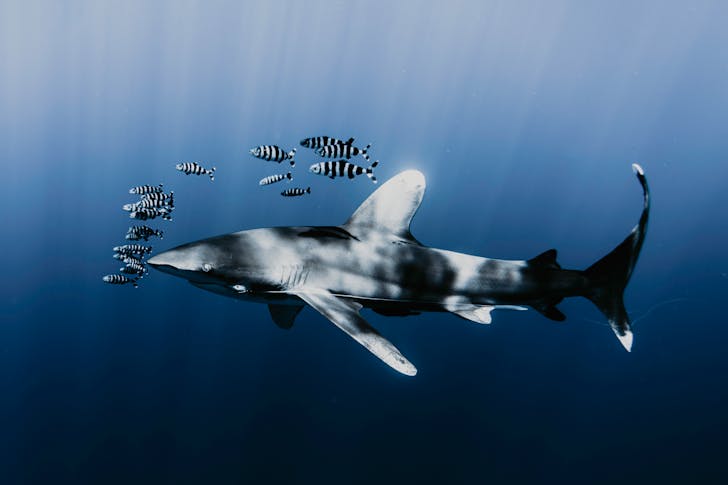How many species of fish are there in the ocean? This question opens the door to exploring the vastness of marine life and the incredible diversity that thrives in our oceans. Today, we will explore everything you need to know about marine diversity.
A World of Fish: Marine Diversity at Its Best
The ocean, covering over 70% of the Earth's surface, is a world brimming with life. Within its depths, there are more than 30,000 known species of fish. These range from the tiny, almost invisible goby to the enormous whale shark, which can grow up to 40 feet in length. This number, while staggering, is just an estimate. The ocean is so vast and deep that many areas remain unexplored, and new species are regularly discovered.
Marine life is not just about numbers; it’s about the incredible variety of species inhabiting different ocean parts. Coastal regions, with their warm, nutrient-rich waters, are home to many species, including the brightly colored fish that populate coral reefs. Though less densely populated, the open ocean still supports species like tuna and marlin that have adapted to life in the vast oceanic zones.

Daniel Torobekov | Pexels | The ocean covers over 70% of the Earth's surface and has more than 30,000 known species of fish.
How Many Species of Fish Are There in the Ocean?
When studying the number of fish species in the ocean, it's important to consider the number of species and their population sizes. Some fish, like sardines and anchovies, exist in massive schools that can number in the millions. These species are vital to the ocean’s food chain, providing sustenance for larger fish, marine mammals, and even seabirds.
However, estimating the exact number of individual fish in the ocean is nearly impossible. Factors such as overfishing, climate change, and pollution constantly alter fish populations, making it difficult to get an accurate count. The numbers can also vary significantly from one year to the next.
The Role of Freshwater Species
While the ocean is home to an extraordinary array of fish, it’s crucial not to overlook the diversity found in freshwater habitats. Rivers, lakes, and streams support around 15,000 known freshwater fish species. These environments are vital ecosystems that host species ranging from the commonly known trout and catfish to the more exotic arowana and piranha.
Freshwater species often live in environments that are more accessible to humans, making them crucial for both local economies and global biodiversity. Unfortunately, these habitats are also more vulnerable to human activities, such as pollution, dam construction, and habitat destruction, which threaten the survival of many freshwater fish species.

Harrison Haines | Pexels | Estimating the exact number of individual fish in the ocean is nearly impossible.
Challenges in Counting Fish Species
The task of counting fish species is daunting. Taxonomists, the scientists who classify organisms, constantly revise fish classifications as new discoveries are made and new technologies, like genetic analysis, become available. The deep sea, for example, is one of the least explored regions on Earth, and it’s likely that many fish species living at extreme depths have yet to be discovered.
Moreover, environmental changes can lead to the rapid evolution of new species or, conversely, the extinction of existing ones. This dynamic nature of ocean life further complicates efforts to maintain an accurate count of fish species.
Conservation and the Future of Fish Populations
Understanding the number of fish species and how their populations are faring is crucial for conservation efforts. Overfishing has already pushed some species to the brink of extinction, while others are under threat due to habitat loss and climate change. Conservationists use data on fish populations to create protected areas, regulate fishing practices, and develop strategies for sustainable seafood consumption.




